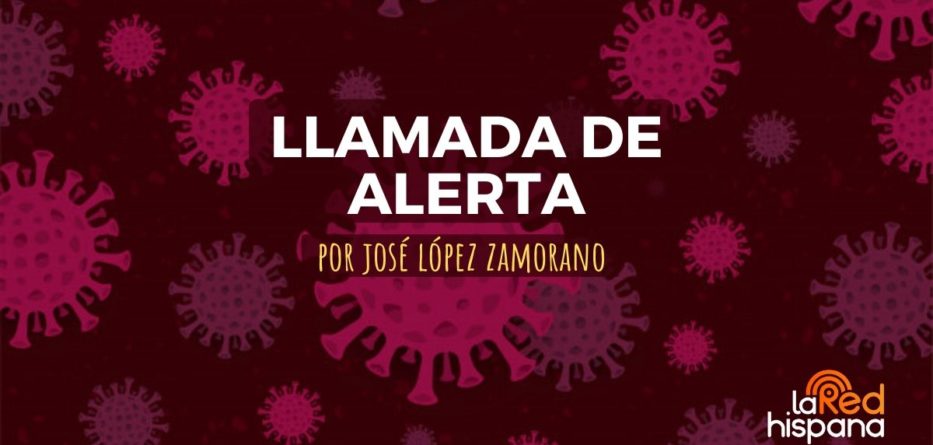The new figures released by the Centers for Disease Control and Prevention (CDC) on the advance of the COVID-19 epidemic should be a wake-up call at the national level about the health crisis that is currently hitting Latino, African American, and Native communities within the United States.
Although we already knew that minority communities were being disproportionately impacted by the infections, the new data suggests that the impact is not only deeper, but threatens to worsen the health crisis and become a chronic public health problem for communities of color in this country.
Of a total of 599,636 infections with accurate racial or ethnic information, 33% of those infected were Latinos or Latinos of any racial origin, despite representing 18% of the United States population. In the case of African Americans, the proportion was 22%, even though they constitute 13% of the population.
Although the CDC recognized that the proportion of missing data on race and ethnicity limits the conclusions, the figures are consistent with an analysis by the Associated Hospitalization Surveillance Network (COVID-Net), which found higher proportions of African-Americans and Hispanics among hospitalized patients with COVID-19 relative to the entire population
Hispanics are hospitalized at a ratio of four to one compared to non-Hispanic whites, African Americans at a ratio of 4.5, and natives at a ratio of five to one.
The racial and ethnic photography of COVID-19 infections in the United States is completed by 36% among the non-Hispanic white population, 4% among the Asian population and 1.3% among the Native Americans and Alaska Natives, the latter also even more so disproportionately since they represent 0.7% of the US population.
Although the incidence of COVID-19 was practically similar between men and women, the most serious cases were reported among men. Similarly, people over 70 years of age, regardless of the underlying conditions, had the highest level of hospitalizations, admissions to intensive care units and fatal outcomes.
Revealing statistics from the CDC show that people with serious underlying medical conditions, such as diabetes, heart disease or chronic lung disease, liver or kidney disease, or compromised immune systems, were hospitalized at a rate six times higher than healthy people, and that the probability of death was 12 times higher than in people without such conditions.
The lack of medical access, the income gap, the type of employment, transportation and even the postal area of their home have been and continue to be social determinants of health that have aggravated the medical condition of racial and ethnic minorities plagued by chronic diseases such as obesity, asthma and hypertension.
It is true that no segment of the population has remained or is safe from a possible contagion by COVID-19. But for Hispanic, African American, and Native communities this is a perfect storm that requires urgent intervention, from a health and public communication perspective on access to health options and resources, and timely and culturally relevant information on how to stay healthy and safe.
For more information visit www.laredhispana.com.






